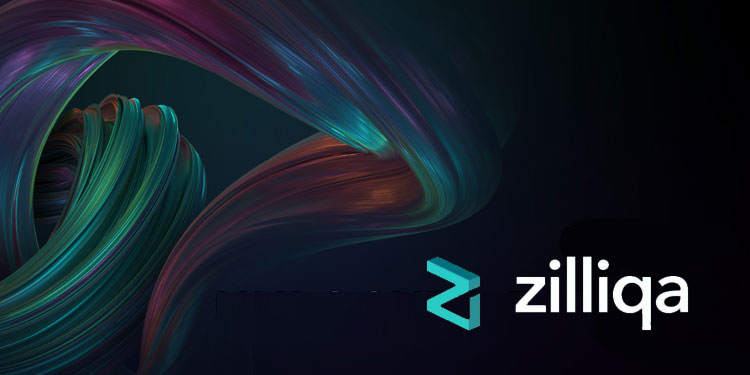
Back in June, KuCoin and Binance became staking partners of Zilliqa, but token holders are now able to stake straight away into the through a smart contract rather than using an third party facility.
Stakers of ZIL will be able to take part in governance voting as the platform attempts to transform into a more decentralized entity, while earning rewards.
1,000,000,000 $ZIL staked in only a few hours time. And we are just getting started.
– MS pic.twitter.com/cDl8D76I0U
— Zilliqa (@zilliqa) October 14, 2020
The platform, hosted on Zilliqua mainnet, has unveiled a novel token named governance ZILs or gZIL, which will be awarded along with staking rewards in ZIL. Zilliqa has assessed that yearly staking returns will be about 6% , in case 80% of the overall circulating ZIL tokens (10.50 billion ZIL) gets staked.
gZIL will issued in the ratio of 1:1000 i.e. for every 1,000 $ZIL received as staking rewards, 1gZIL will be offered. Furthermore, there is a safe staking website referred to as Zillion, which simplifies the procedure by paving way for third-party wallets to interact.
The platform also rolled out a decentralized exchange and token swapping covenant referred to as Zilswap on October 5, which facilitates re-staking of rewards received earlier, or pooling ZIL tokens to create liquidity for yield farming. Amrit Kumar, President and Chief Scientific Officer of Zilliqa, commented on entering the DeFi domain, stating:
“We are thrilled to be joining the ranks of some of our most innovative peers, as we continue to build out future-fit DeFi offerings.”
So far, ZIL token prices have not responded positively to the introduction of staking facility. In fact, the token has lost about 1.8% in the past 24 hours to trade at $0.018496 at the time of writing this article. Similar to several altcoins, ZIL is trading at roughly 90% below the peak recorded in May 2018.